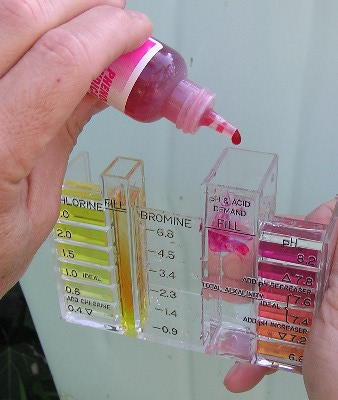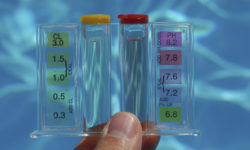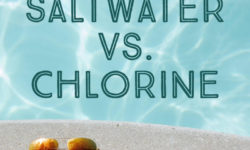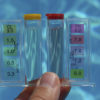 Understanding how to manage your pool’s chemicals will enable you to keep your pool clean and healthy.
Understanding how to manage your pool’s chemicals will enable you to keep your pool clean and healthy.
To do this, you must test your pool water regularly and make adjustments to maintain the proper balance. Maintaining the proper chemical balance, good filtration and fresh water are essential when it comes to pool operation. To help you understand the proper chemical management, here are...
4 Tips for Managing the Proper Chemical Balance of a Pool
1) pH above 7.8 is considered too high and may cause stains and discoloration. To lower the pH, add muriatic acid as needed. On the other hand, a low pH can cause damage the pool equipment, so be careful not to overuse low pH sanitizers.
2) Low alkalinity affects the pH of your pool and can damage your water heater and leave stains and discoloration. Add sodium-bicarb to raise the alkalinity.
3) Low calcium hardness can damage a pool's finish and strip metals out of heaters, valves or other metallic parts. We recommend using Scale Free from Natural Chemistry once per month to prevent low calcium.
4) Phosphates can seep into your pool from fertilized lawns or nearby golf courses. They can go undetected because they require a separate test to confirm their presence. Phosphates can be a problem because they react with the chlorine and cancel out the chlorine’s effectiveness. Phos Free by Natural Chemistry is the best way to remove phosphates from your pool. You can keep your pool phosphate free by regularly using Phos Free as part of your pool chemical maintenance.
Testing your pool water regularly will help you determine what adjustments need to be made to manage a good chemical balance in your water. This will ensure that your pool will always be healthy and ready for your enjoyment, and it will also save you from costly stains and repairs.
If you are considering a new pool or interested in remodeling your existing pool, contact us at Grand Vista Pools today!
















